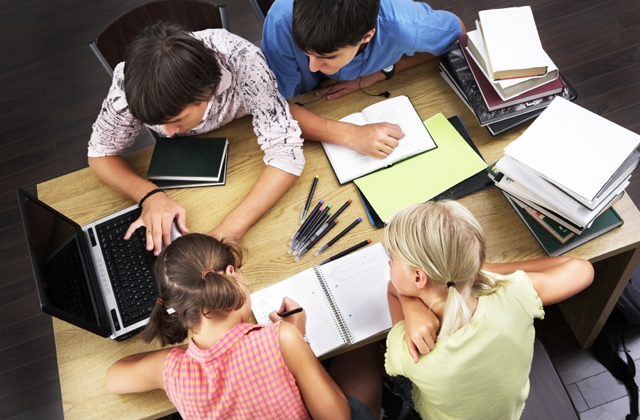Hello,
I have decided to post our goals for each week as we develop AGS. Here you go......
Goals for November7-November 11, GO AGS!!!
As always tell as many people that will listen and post
a minimum of 3 blog post each week!
Get sample schedules from schools that implement the
project approach/Reggio
-what do we think of using a
block schedule to allow for more time on each project, each day?
We are going to need some standards or what I would
like to refer to as guidelines or goals for each grade level and subject. Do we
want to take standards from different states and incorporate the ones we feel
are most valuable? Do we want to find a private school with a list of
standards? Start researching which
ones are most progressive and what will support our vision the most.
How do we want to introduce reading and math concepts?
Which programs or philosophies do we find most beneficial. Waldorf? Montessori?
Etc.
Continue to look for churches, schools and large
building for sale. Also for land.
Talk to a business expert about our plan to help us
formulate our next step.
Begin developing personal wellness and spirituality
programs. What are the concepts that we feel are important for children to
learn at each grade level? How will we introduce these concepts and support
them ?
































